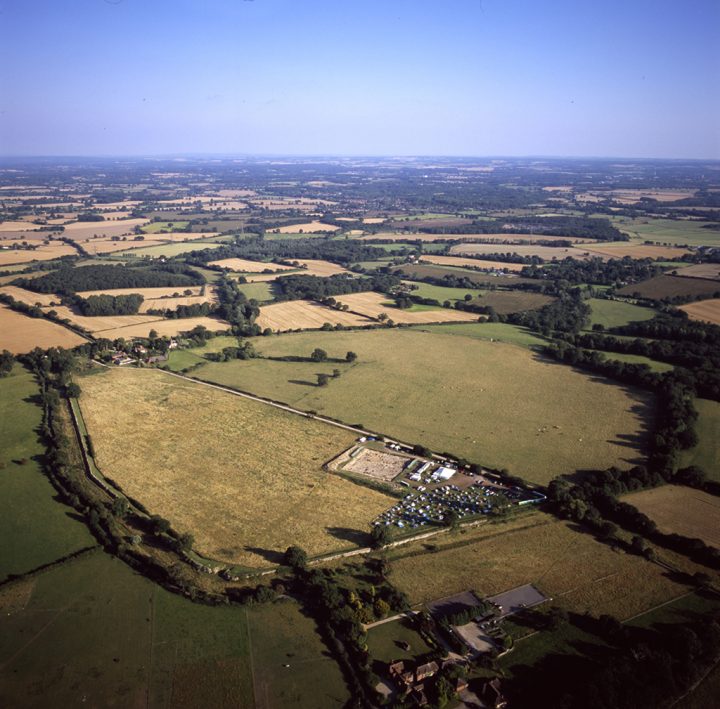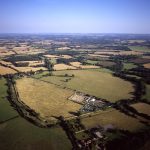Projects
Excavations in and around Silchester over the past 20 years have formed part of a number of different projects each with varying aims and objectives
Nero at Silchester – The bath house, temples and kilns
By means of a number of our excavations, beginning with those at Insula III in 2013, we are investigating evidence for the building project of the Emperor Nero (AD54-68) at Roman Silchester. Our work in Insula IX between 1997 and 2014 had thrown up tantalising evidence for this in the form of high quality building stone incorporated into the foundations of Roman buildings as early as the late 1st century AD, as well as ceramic bricks and tiles stamped with Nero’s name and titles. Silchester is unique among the towns of Roman Britain for an imperial-sponsored building project associated with this emperor. While the excavations at Insula III have found yet more Nero tiles and evidence of an unfinished early Roman house of late 1st/early 2nd century date, any building that could be as early as the reign of Nero remains elusive. More
The Silchester Environs Project
The Silchester Environs Project is a five-year research undertaking to 2018 led by Professor Mike Fulford and managed by Dr Catherine Barnett at the University of Reading. It seeks to explore the later prehistoric use of the c.140km2 landscape around Silchester Roman Town and its underlying Late Iron Age oppidum. The project team is aiming to provide a context for the origins of the town and for changes that occurred during the transition to Roman urbanised living through examining settlement, agricultural activity, and landscape in the wider area. We have a focus on the 1st millennium BC to look at that transition but are also interested in the evolution of the Silchester landscape over a much longer timescale. So far, our surveys have added greatly to our understanding of the layout of sites from the Neolithic right the way through to WWII. More
The Town Life Project
The Silchester Town Life Project was established in 1997 by the Department of Archaeology at the University of Reading and ran for eighteen summer seasons until 2014. The project was both a training Field School and a research excavation located in Insula IX in the northwest of the town. The excavation aimed to build on the findings of the Victorian excavations of 1893, focussing on one particular stone building set asymmetrically to the street grid. The project sought to understand the everyday ‘town life’ of the settlement and to discover if a number of blank areas ignored by the Victorians contained undisturbed evidence of earlier Roman timber buildings or Iron Age activity. More


